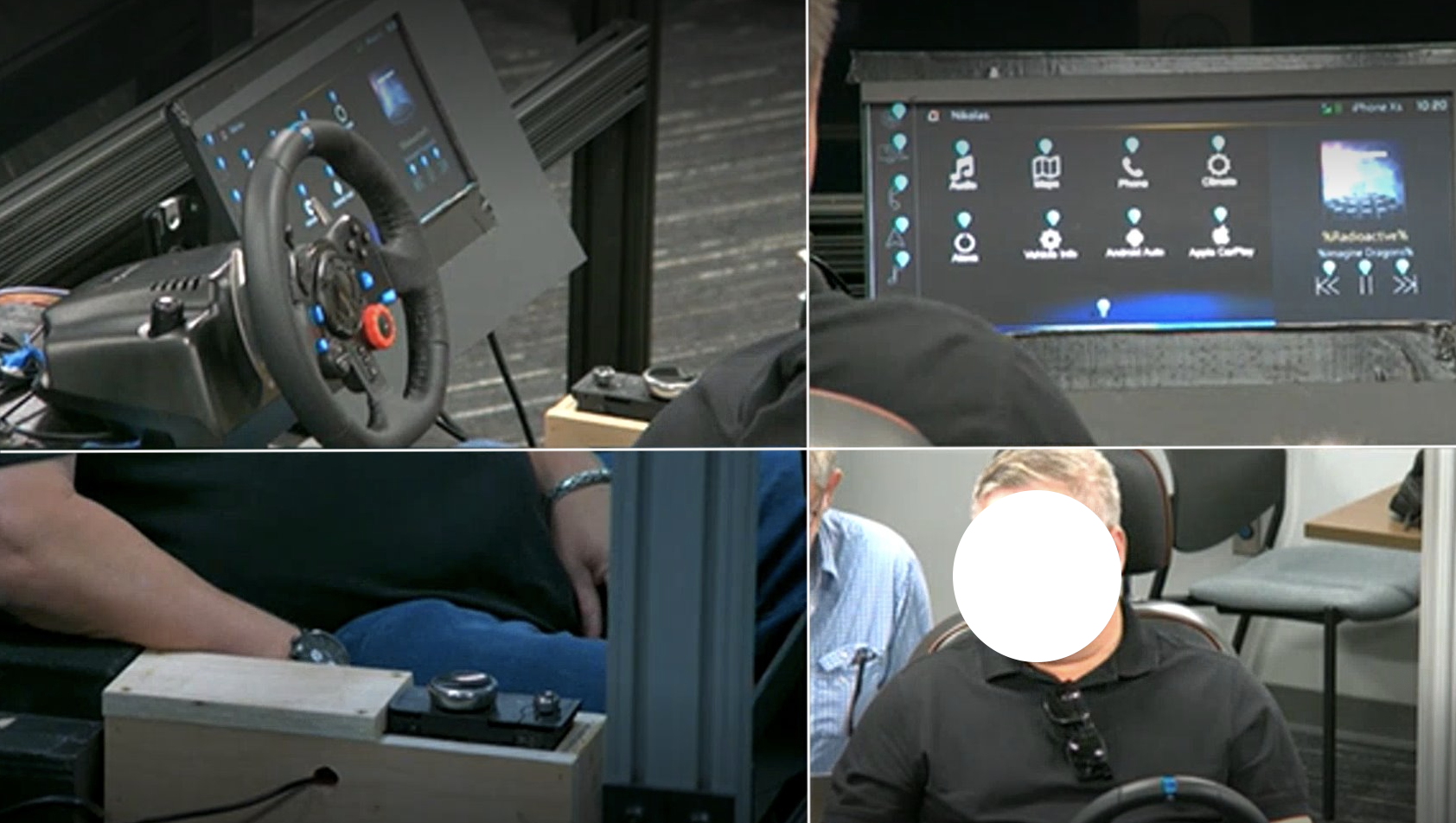General motors: voice assistant
Role: Product Designer - Voice Assistance
Deliverables: Conversation flows, High-Fidelity Mockups, Prototypes
The Team: 1 UX Researcher
My Responsibilities: I was responsible for developing the conversation flows, the visual aids, the prototypes and the questions for the usability test
Please note that some of the images presented in this project are visual interpretations and may not exactly reflect the final version of the company's products or services. No confidential information has been disclosed.
Problem
For this project I was a product designer for voice assistants (Alexa and Google Assistant) in General Motor vehicles. This project aimed to explore new ways to interact with voice assistants, specifically through a feature called Voice Tapping. Voice Tapping enables users to virtually "tap" on-screen elements using voice commands. In a listening state, users can reference an object by saying a number overlaid on it, it’s textual label, or another inherent name.
Approach
I began by sketching the conversation flows, which were then prototyped in Axure. Participants interacted with the prototype in a mock-vehicle, where it was loaded onto the infotainment display. They were tasked with completing four tasks using their preferred method (voice, touch, or MFC). Afterward, they repeated the same tasks using specific inputs (touch, MFC, natural language voice commands, and Voice Tapping). Following each task, participants compared the ease of using Voice Tapping to the other input methods. Additionally, they evaluated different audio feedback options to confirm the voice assistant understood their selections during Voice Tapping. Lastly, participants provided follow-up feedback on their experience using the feature.
RESULTS
Overall, participants preferred touch over Voice Tapping due to its speed. The tests also revealed that Voice Tapping required as much attention off the road as touch, but was easier to use than MFC.
Learned
Although users did not find Voice Tapping to be a more efficient solution than the current method, the project underscored the value of user testing before committing to new features. We walked away with a clear understanding of the feature’s viability, all within a short timeframe and without the need for development involvement.


